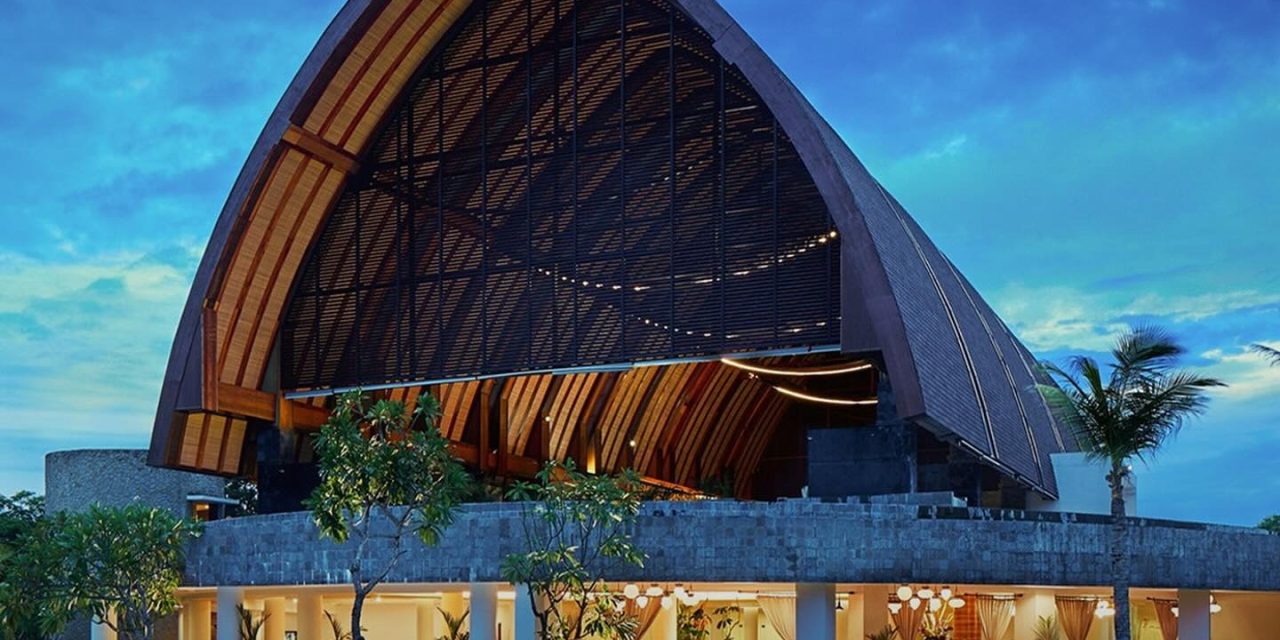Ah, Bali! The Island of the Gods, where vibrant culture meets breathtaking landscapes. If you’re planning a trip to this wonderful destination, you’re probably aware that it’s not just the beaches and rice terraces that draw visitors. Bali’s rich tapestry of cultural festivals is a feast for the senses, offering a glimpse into the island’s traditions, spirituality, and community spirit. But when is the best time to dive into these cultural celebrations? Let me take you on a journey.
A Season of Festivals
Bali’s calendar is full of festivals, each brimming with color, joy, and a sense of community. The celebrations can vary from village to village, but generally, the major cultural festivals occur during the dry season, from April to September. This time is ideal for travelers since the weather is more consistent and pleasant.
Here’s a lovely story: On my first trip to Bali, I was fortunate enough to arrive during the Galungan festival, which is celebrated every 210 days. Imagine my delight as I strolled through the streets adorned with tall bamboo poles called Penjor, decorated with fruit, flowers, and rice. Locals dressed in traditional Balinese attire came together to pray and celebrate the victory of dharma over adharma (good over evil). The atmosphere felt electric, pulsating with laughter, music, and the aroma of delicious local dishes. It was a gem of an experience!
Key Festivals to Experience
1. Nyepi (Day of Silence)
If you want a truly unique experience, consider planning your trip around Nyepi, which usually falls in March. This day is unlike any other you’ll encounter in your travels. It’s a day of silence and self-reflection, where the entire island comes to a standstill. No one is allowed to work, travel, or even use electricity!
However, the days leading up to Nyepi are lively. The Ogoh-Ogoh parade is a highlight, where huge, colorful effigies are paraded through the streets and then burned at night to drive away evil spirits. I remember the excitement as the locals proudly displayed their creations. It felt like being part of a grand performance. Just be prepared for a peaceful, reflective day on Nyepi itself!
2. Galungan
As I mentioned, Galungan is another spectacular festival celebrated every 210 days. If you can visit in June, you’ll witness one of the most cherished periods in Balinese culture. During Galungan, the spirit of ancestors returns to visit their families. The island is alive with families gathering for feasts, praying, and sharing stories.
I vividly remember sitting with a local family as they prepared a feast. The dishes—a delicious array of Babi Guling (suckling pig) and Lawar (a traditional mix dish)—were to die for! The warmth of community made me feel like one of them, and that’s a feeling you won’t want to miss.
3. Kite Festival
Kite season in Bali is another highlight, typically occurring in July and August. The annual Bali Kite Festival in Padang Galak is a spectacular event where colorful kites—sometimes larger than a small car—fill the sky.
As I watched the locals pilot these massive kites against the backdrop of a stunning sunset, it was hard not to be caught up in the excitement. This festival isn’t just for show; it’s also a traditional offering to the gods, making it spiritually significant too. Plus, if you’re lucky, you might even get a chance to join in on the fun and fly your own kite!
Practical Tips for Attending Festivals
1. Check Local Schedules: Not all festivals are celebrated at the same time, so it’s wise to check local calendars beforehand. Websites that cater to Bali tourism often post a comprehensive list of events.
2. Be Respectful: Participating in local customs and festivals is a privilege. Dress appropriately (think sarongs and proper attire), and always ask before taking photos, especially during spiritual events.
3. Stay Hydrated and Be Prepared for Crowds: Festivals can get crowded, so make sure to drink plenty of water and plan your day to avoid the sweltering heat.
4. Explore Beyond the Main Events: While the large festivals are captivating, smaller village ceremonies often provide a more intimate look at Balinese culture. Ask locals for information about other ceremonies happening during your stay.
5. Rent a Scooter: It’s my favorite way to explore! Scooters allow you to navigate through traffic easily, and you can discover off-the-beaten-path festivities that aren’t on the tourist radar.
Conclusion
If you want to immerse yourself in the heart of Balinese culture, timing your trip to coincide with its festivals is essential. The best time to visit Bali cultural festivals might be during the dry season when the air buzzes with celebration and community spirit. From the serene silence of Nyepi to the vibrant kites soaring in the sky, your experiences will be unforgettable.So why wait? Pack your bags, grab your camera, and prepare for an adventure! Bali’s cultural festivals are waiting to paint your world with joy and color. I can assure you, every moment spent during these vibrant celebrations is a moment you’ll cherish forever.





